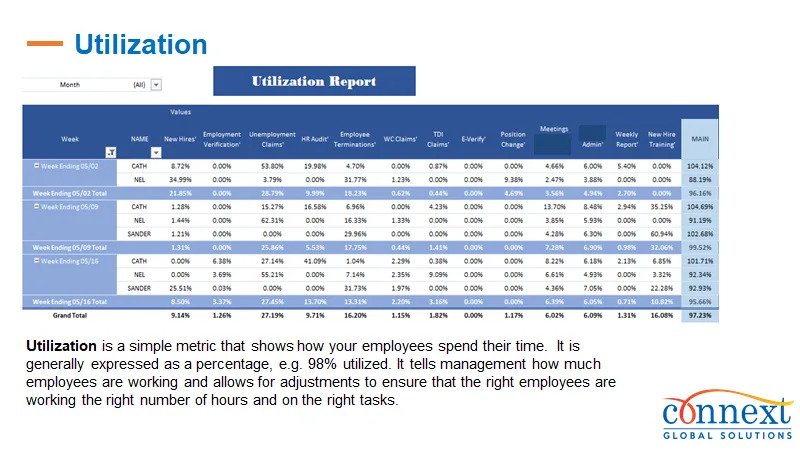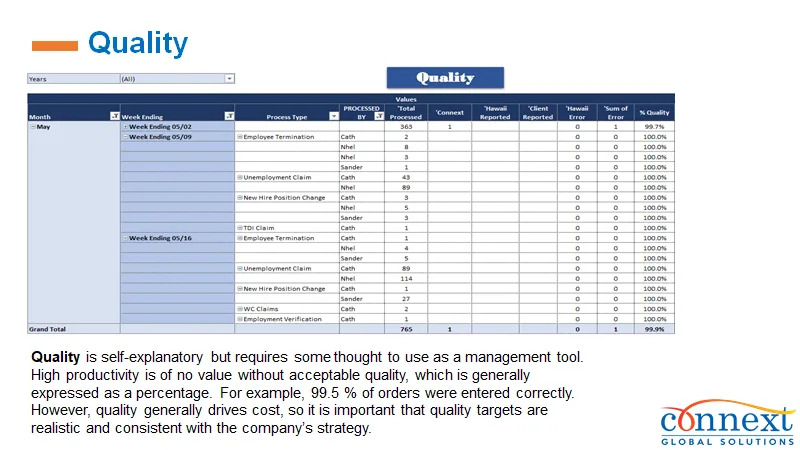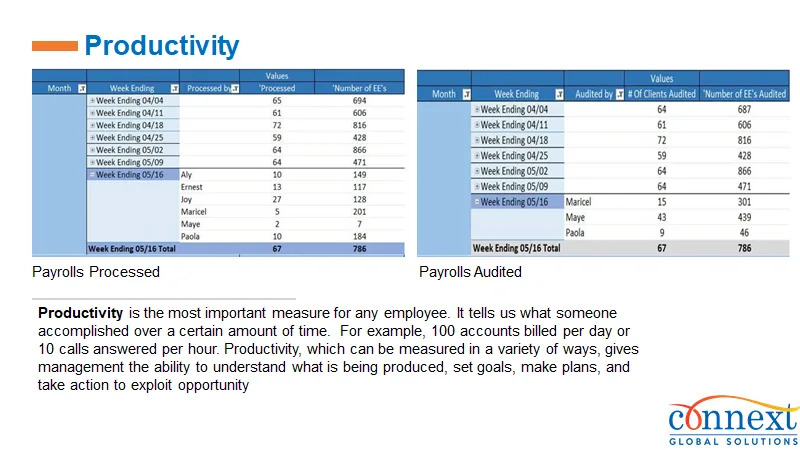Key Summary
- Bilingual Call Centers: Provide support in two languages, often the dominant language and a secondary one that serves a significant customer segment. This model works best for organizations focused on reaching a defined audience where two languages cover the majority of interactions.
- Multilingual Call Centers: Offer service in several languages, making them more suitable for businesses with global operations or diverse customer bases that extend beyond a single market.
- Providing multilingual support helps reduce misunderstandings, build trust, and improve satisfaction across diverse groups.
- Multilingual centers give organizations the ability to expand without adding dedicated staff for every language. Bilingual centers provide focus, while multilingual centers open broader growth opportunities.
- Outsourcing to bilingual or multilingual partners allows companies to maintain consistent customer service standards even during hiring freezes or periods of internal resource limitations.
- Multilingual support contributes not only to resolving issues but also to building stronger, longer-term customer relationships that go beyond single interactions.
- Connext provides businesses with scalable access to bilingual and multilingual professionals, enabling them to expand their service reach, adapt to hiring freezes, and increase team capabilities without increasing official headcount.

Understanding the Distinction: Bilingual vs. Multilingual Call Centers
Businesses today strive to offer exceptional customer service to a diverse clientele. One critical aspect of achieving this goal is understanding the difference between bilingual and multilingual call centers. While both models aim to bridge language barriers, they do so in distinct ways that can significantly impact customer experience and operational efficiency.
Defining Bilingual and Multilingual Call Centers
A bilingual call center employs agents proficient in two languages, typically focusing on the most prevalent languages within a specific region or market. For instance, a center in the United States might operate in English and Spanish to serve the Hispanic community effectively.
Conversely, a multilingual call center provides support in multiple languages, often covering a broader spectrum to accommodate a diverse, global customer base. These centers are equipped to handle interactions in various languages, such as French, German, Mandarin, and more, depending on the business’s target markets.
The Importance of Language Accessibility in Customer Service
Language access is more than just a convenience; it is an essential factor in how customers perceive the quality of support they receive. Recent data shows that 79% of contact centers have customers who are not native speakers of the primary language they serve.
When businesses provide service in multiple languages, customers are more comfortable engaging, less likely to experience miscommunication, and more confident in the interaction. This not only improves the quality of individual conversations but also fosters stronger long-term relationships with the brand.
With bilingual and multilingual support talent integrated into service operations, companies can deliver more inclusive, effective, and consistent customer experiences.
Scalability, Efficiency, and Operational Flexibility
Expanding customer service capabilities often involves navigating challenges related to resource allocation, staffing, and operational complexity. Multilingual call centers provide a versatile solution by enabling businesses to support a broader range of customers without the need to hire additional staff for each language group. This flexibility allows organizations to respond dynamically to fluctuating demand and diverse market needs.
Connext helps businesses with multilingual talent, helping teams enhance customer experience and operational reach without the constraints of traditional hiring processes. This approach is especially valuable for companies facing hiring freezes or those looking to scale into new markets without increasing headcount. By leveraging external expertise, businesses can maintain consistent service quality, reduce potential bottlenecks, and ensure that their customer interactions remain smooth and effective across languages.
Additionally, this model allows organizations to focus on strategic initiatives rather than day-to-day staffing concerns, ensuring operational continuity while meeting the expectations of a diverse customer base. It emphasizes efficiency, responsiveness, and flexibility, all of which are critical components in today’s competitive service environment.
At Connext, we understand the challenges businesses face in providing exceptional customer service while managing operational constraints. Our flexible, scalable solutions are designed to help companies navigate these challenges effectively. Whether you’re dealing with a hiring freeze or seeking to expand your market reach, Connext offers the support you need to enhance customer experience and drive business growth.
Discover why bilingual call centers are crucial in 2025 — Read more
Discover how call center staffing companies can help your team thrive even during hiring freezes — Read the full article
Frequently Asked Questions (FAQs)
The cost-effectiveness depends on your target market. Bilingual centers may suffice for regions with a dominant language pair, while multilingual centers are more suitable for businesses aiming to serve a global audience.
Connext offers flexible, scalable solutions that allow businesses to expand operations without increasing headcount, providing access to multilingual talent and enhancing customer service capabilities.
Connext provides support in various languages, tailored to meet the specific needs of your business and customer base.
By offering support in customers’ native languages, businesses can reduce misunderstandings, enhance communication, and build stronger relationships, leading to increased customer satisfaction and loyalty.








